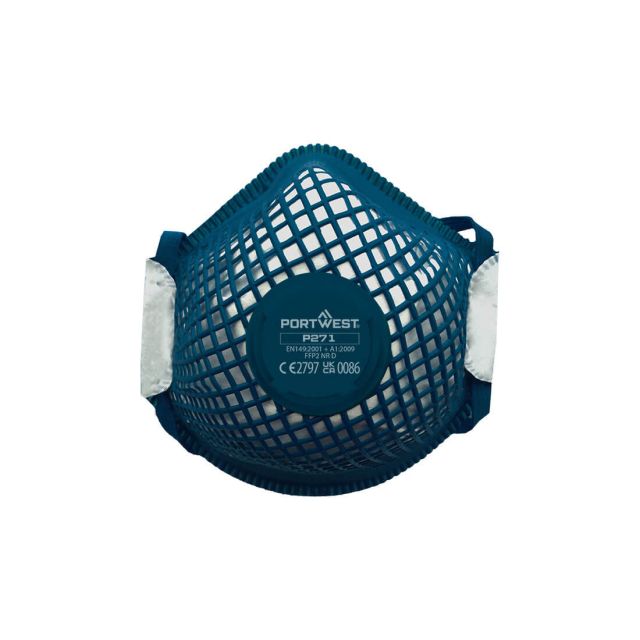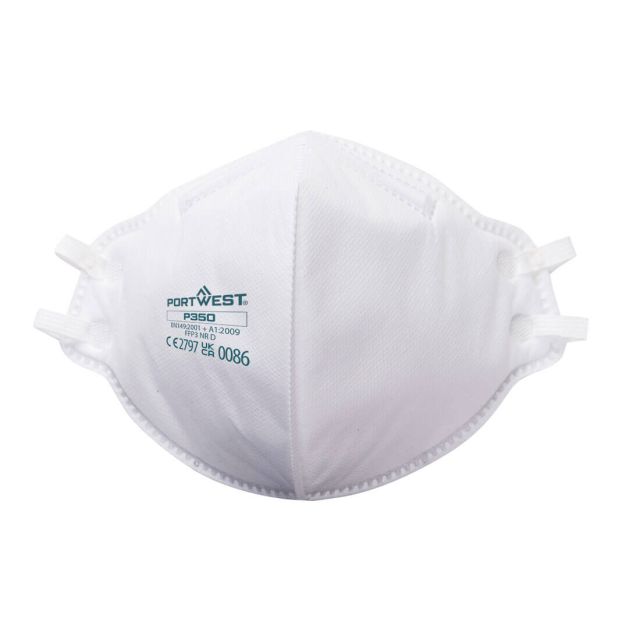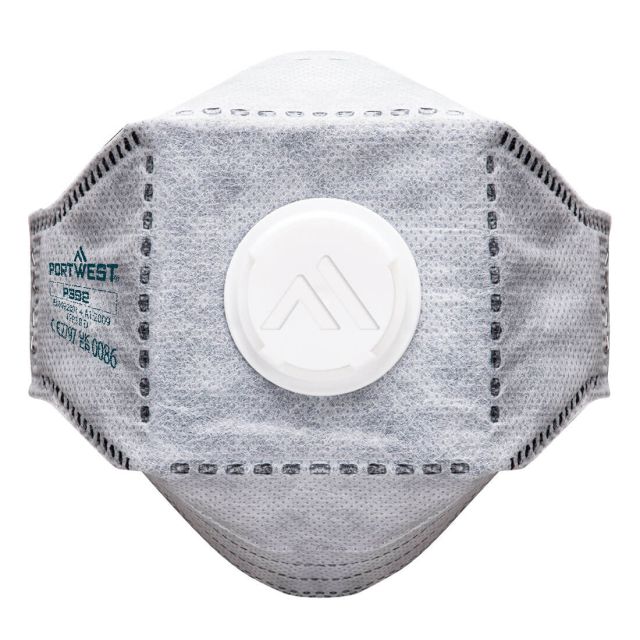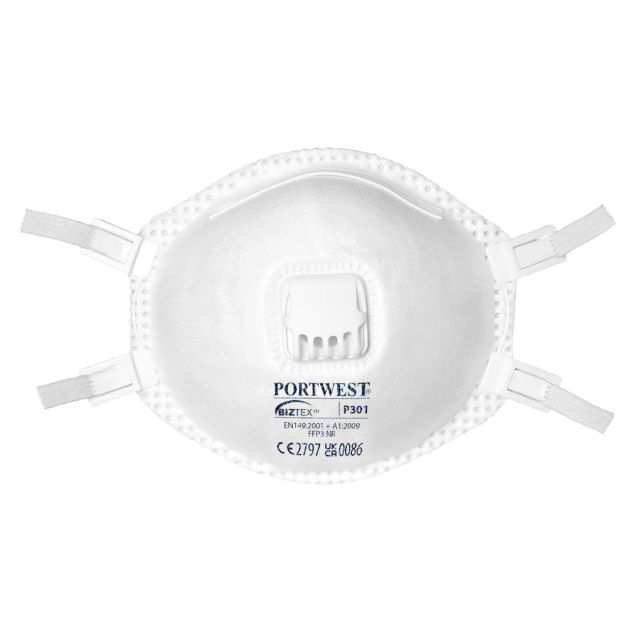5 Types of Occupational Diseases and How to Prevent Them
Daily contact with hazardous materials at work can lead to serious health problems later on in life for your or your staff. Occupational diseases can be horrific and fatal, so it is always worth educating yourself on how you can prevent them.
As an employer - it is your responsibility to make sure you control these encounters, and you have provided your workers with the right PPE.
As an employee - it is your responsibility to utilise all PPE provided to you correctly.
Here are five types of occupational diseases that staff can develop if they are not protected in the workplace.
- Page Contents
- Five Avoidable Occupational Diseases
- Conclusion
Lung Disease
Thousands of people die from occupational diseases in the lung each year in the UK. For many people, the damage happened years ago when they inhaled certain dusts, fumes or gases in the workplace.
Breathing in these materials can lead to serious, long-term lung diseases like asbestosis, COPD (Chronic Obstructive Pulmonary Disease), silicosis, asthma and cancer.
Certain industries and job roles are more at risk than others. Anyone working in construction, stone working, textiles, or welding can be at risk of contracting a lung disease. However, some you might not expect are farming and hairdressing.
Agricultural workers, such as farmers, are exposed to dust when they are handling grain, mixing animal feed, or feeding their animals.
The vapours from the chemical materials that are often found and used on a farm can be dangerous to their lungs. If they continue, this can lead to asthma and/or chronic bronchitis later on in life.
There are different lung diseases you need to know about if you are working in construction. These include mesothelioma, asbestosis, and occupational asthma.
Also, work such as cutting stones and clearing rubble can all produce a large amount of harmful dusts. This work can be dangerous for staff if the dust is not controlled.
How to Prevent Lung Disease
To protect your staff from inhaling harmful substances, more so with asbestos, implement specific guidelines to prevent this occupational disease. As their employer, you need to protect your workers from harm.
A great way to do this is by conducting thorough risk assessments. You can also educate your employees about the dangers of breathing in dangerous substances and supply PPE such as face and dust masks with the correct safety ratings.
This can hugely reduce the risk of a worker contracting lung disease.
Lead Poisoning
Lead poisoning can be a huge risk for anyone who has spent time in an occupation that deals with Lead and leads to many occupational diseases.
Some of these jobs include shipbuilding, lead smelting, pottery glazing, stripping paint, or plumbing. Breathing in lead dust can cause serious health issues such as infertility, kidney disease, and brain damage.
If you absorb lead, it then circulates in the bloodstream before gathering in your bones.
Workers who have absorbed lead can go many years before any symptoms occur. The symptoms are nausea, weight loss, memory issues and/or stomach pain.
How to Prevent Lead Poisoning
Not only can we absorb lead through breathing, we can swallow it through drinking, eating, smoking, or biting your nails.
It is important to make sure you provide a designated eating area for anyone working with lead and ensure they wash their hands properly before eating.
You can control the exposure of lead to your workers by carrying out regular risk assessments and also equipment maintenance. Train your staff on how to prevent lead poisoning.
Doing this can reduce the risk of this occupational disease for your employees.
It is important to make sure that their work environment is spacious and well ventilated.
Carpal Tunnel Syndrome
Repetitive hand motions and awkward wrist positions can increase the pressure on the nerves and tendons in the carpal tunnel. Anyone can be at risk of Carpal Tunnel Syndrome if they carry out the same tasks each day with their hands.
Jobs such as cashiers, hairdressers, and factory workers are all at risk of developing this occupational disease if they do not take precautions to prevent this.
This condition can affect any person of any age.
The symptoms to spot are tingling fingers, a loss of manual dexterity, and shoulder pain. It can stop the sufferer from sleeping and doing their usual tasks at work.
How to Prevent Carpal Tunnel Syndrome
The easiest way for you to ensure your staff are not at risk of developing the condition is by testing their work environment and daily tasks. Are they putting their hands or wrists in awkward positions?
You can redesign their work stations, which will reduce the pressure placed on their hands and educate your staff about the dangers of repetitive movements.
Speak to them because it shows you care about their well being and helps to create a safe culture.
Computer Vision Syndrome
Working at a desk all day brings a different set of risks for staff. Although they are less likely to develop a skin or lung disease, long periods of time spent staring at a computer screen can lead to serious eye conditions.
If a person is complaining of eye strain, headaches, muscle aches, blurred vision, eye irritation or dry eyes, then they could be suffering from computer vision syndrome.
How to Prevent Computer Vision Syndrome
Our eyes work harder and therefore strain if there is poor lighting, incorrect seating posture, and improper viewing distance (PDF) from the digital screen.
If there is a glare on the monitor, it can also cause our eyes to struggle. It is important to ensure that each worker’s setup is correct.
Once you have corrected their workstation to ensure that their eyes are not having to strain, there is special eyewear available. This can reduce glare and make it easier for our eyes to cope with long hours in front of the screen.
Educate staff on the dangers of staring at a screen all day. Raise suggestions on how to reduce risks, such as not looking at a screen before bed in the dark.
By fixing their setup and encouraging staff to take regular breaks, you can reduce the risks of computer vision syndrome.
Skin Conditions
If you are working with detergents, acids, wet cement or oils, skin conditions are common.
Being exposed to strong irritants or prolonged contact with water can lead to several skin conditions and occupational diseases. Some of these are dermatitis, urticaria, and even skin cancer.
Staff who work in industries such as catering, hairdressing, and construction are at a higher risk of contracting a skin condition. Dermatitis can be common in this work.
The symptoms are a number of symptoms such as redness, blistering, weeping, and swelling.
Even washing your hands over 20 times in a day can cause issues, a particular concern for those working in the health industry. Speak to your staff and find out which chemicals and liquids they come into contact with daily.
How to Prevent Skin Conditions
HSE advises the APC approach for preventing skin disease at work.
- Avoid direct contact with substances, products, and wet work. If it is possible, find a different material that is safer and remove the harmful substance from the work place. If not, ensure gloves are made available for workers to use.
- Protect your skin from contamination and/or irritation by wearing PPE such as safety gloves and/or using a pre-work barrier cream to protect the skin specifically. Make sure you wash your hands before drinking and/or eating with a quality hand cleaner that removes industrial grimes.
- Check for conditions like itchy, dry, and/or red skin. You can spot the early signs of dermatitis and other issues before they become too serious.
Following these steps can reduce the contact that staff members have with harmful substances and protect them from developing harmful skin conditions.
Conclusion
It is important that you control your workers exposure to harmful substances. A great way to do this is by educating your staff on how to prevent these diseases and perhaps updating your H&S policy.
Also, you can provide safety equipment and conduct regular risk assessments. Look out for any signs or indications your staff may be suffering from one or more of these diseases.










